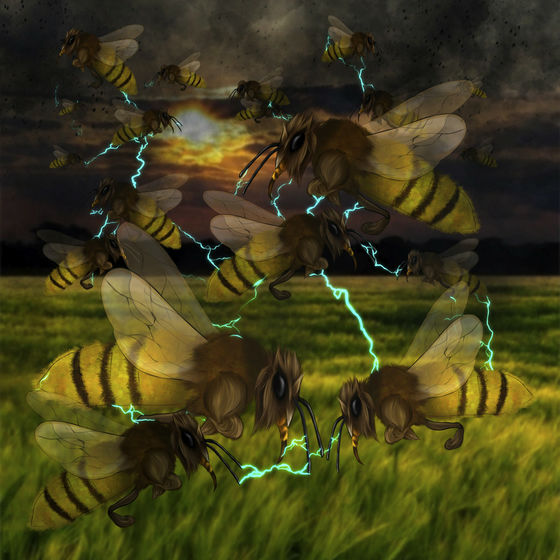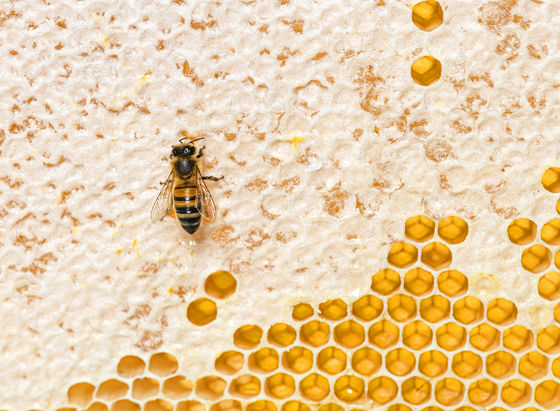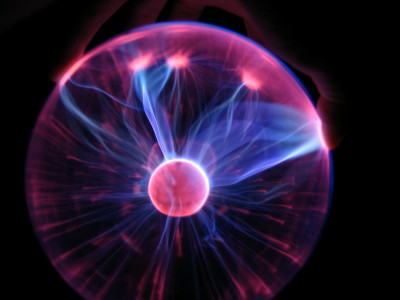``The butterfly effect may be real,'' scientists declare, research results that a bee swarm changes the weather

There is a concept called '
Observed electric charge of insect swarms and their contribution to atmospheric electricity: iScience
https://www.cell.com/iscience/fulltext/S2589-0042(22)01513-9

The “butterfly effect” may be real, scientists find in bizarre insect study
https://www.inverse.com/science/insects-have-absolutely-wild-effect-on-the-atmosphere-study-finds

Swarming bees may potentially change the weather, new study suggests | Live Science
https://www.livescience.com/honeybees-electrify-air-more-than-thunderstorms

A paper published at the end of October 2022 in the journal iScience, which publishes papers related to biology and medicine, showed that a swarm of electrically charged insects could affect weather phenomena. Ellard Hunting, lead author of the study and a fellow at the University of Bristol, said: 'Studies on whether atmospheric electricity affects weather have been going on since the early 1700s. We have been trying to understand the relationship between atmospheric charging and thunderclouds, driven by our interest in , and atmospheric charging has been detected even in clear skies.' However, few studies have considered the effects of insect charging on weather, and Hunting says the study has identified an important new fact.
To confirm that the bees carry an electrical charge, Hunting and his colleagues placed electric field monitors near bee swarms identified near the University of Bristol. The hypothesis was supported because no charge was detected on monitors placed in a colony-free area as a control, while an increase in charge was detected on monitors near bee colonies.

They then developed a formula that compares the electrical effects of insects on the atmosphere with those of meteorological phenomena such as clouds and dust storms. At the highest level, the charge around insect swarms was measured to be about six times that of sandstorms, and eight times that of cumulonimbus clouds. We found that it could exceed the charge densities reported for solar and clouds.'
Hunting said the study confirmed three important facts. First of all, flying insects such as honeybees have an electric charge on their own. And second, the more densely packed bees are in a swarm, the greater their impact on the atmospheric charge. And third, the effect can have as significant an impact on the atmospheric charge as on natural phenomena. 'Together, this evidence suggests that bee swarms contain enough electrical charges to influence the atmosphere,' concludes Hunting.

On the other hand, however, it is still unclear what effect this discovery will actually have on the weather. According to Hunting, the ``butterfly effect'' of insects generating direct thunderstorms and storms is only a possibility, and in fact, ``when a swarm of insects has a sufficient amount of electric charge, It seems that the influence that it affects the movement of ions and aerosols in the atmosphere and leads to the electrification of droplets and particles in the cloud.
Since birds and microorganisms also have electric charges, further development and detailed understanding are expected as future issues. “It is only recently that we have discovered that biology and electrostatic fields are closely related,” Hunting said. “This makes this an interesting new area of empirical research. Combining it with physics could help solve many puzzling problems.'
Related Posts:
in Science, Posted by log1e_dh







